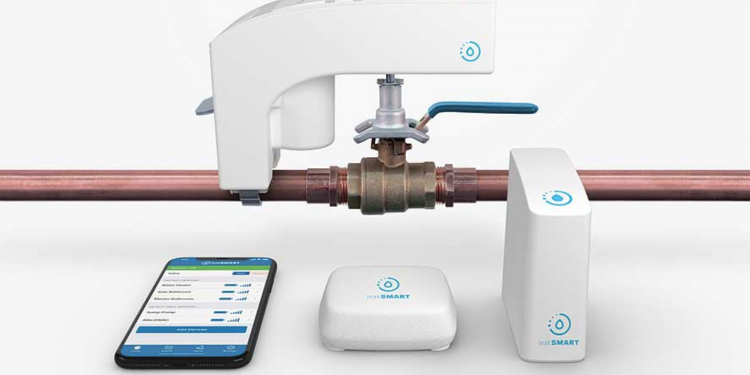No matter what the situation that may have caused the flooding was, once the water has receded and the flooding has come to an end, there is a very high chance that a whole new set of problems may just be beginning. When you have water damage from a flood, it can very quickly and easily lead you to having mold, which is going to be a very serious health risk that you will need to address as soon as possible.
Here are some tips that will be able to help you get started when it comes to cleaning up and even preventing mold from taking over your home after you have experienced a flooding situation. If you want more tips, please check out https://www.sandiegowaterdamagesd.com/.
How Quickly is Mold Going to Start Growing After the Flood?
When it comes to the microorganisms that form into mold, they are always going to be floating around in the air around you. With that being said, mold growth is something that will begin very quickly after a flooding situation. In fact, the average time for mold to start growing is going to be between 24 and 48 hours after being exposed to water. As long as there is moisture in the air, the mold will continue to grow into more and more colonies, meaning that you are going to have some very serious problems when it comes to your wood, ceiling tiles, drywall, insulation and even your carpets.
How Can You Prevent Mold from Occurring After a Flood?
The one and only way that you will have any chance of preventing mold from occurring after a flood is going to be by acting very quickly to dry out the area that was flooded. In order to do this successfully, there are going to be a few steps that you will need to take.
- Try to open up the space as much as possible (open all the doors and windows during the day, closing them up during the night).
- Remove any and all wet items and other debris from the area, as well as clean all the surfaces that were exposed to the flooding.
- Get rid of any absorbent material or soaked porous items that you possibly can. These can include things such as carpeting, insulation, papers, drywall that has been damaged, ceiling tiles, etc.
- If you are able to get rid of the carpet that has been saturated with water during the flood, be sure that you do so immediately.
- Utilize fans to help circulate fresh air into the area that was flooded in order to speed up the evaporation of all the moisture.
- Use multiple dehumidifiers to help reduce the amount of moisture in the air, as well as to help dry everything out much quicker. This is going to be especially true if the area is a smaller, enclosed space that normally doesn’t receive a lot of ventilation or circulation.
Once you have followed these steps, you will help to limit the amount of mold that is able to form, if it is able to form at all.









